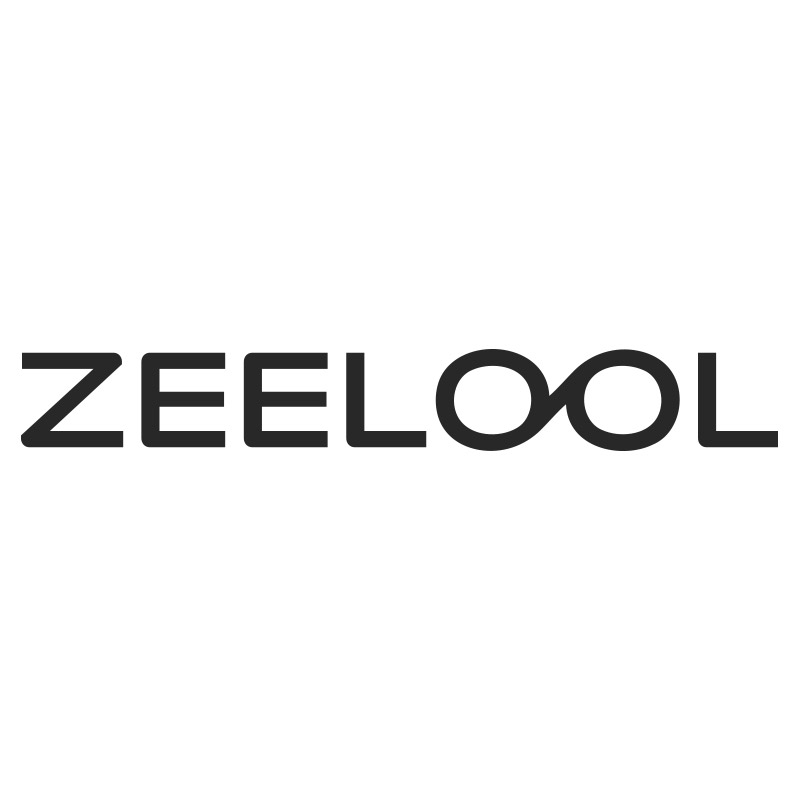Did you know that 60% of Americans wear glasses or contacts, yet many skip vision insurance and still wonder whether vision insurance is worth it in 2025? With increasing healthcare costs, getting vision insurance is essential, especially if you wear glasses or have a family history of eye diseases. In this blog, we highlight the pros and cons of vision insurance, compare its costs, and determine when vision insurance is worth it. By the end, you’ll better understand whether vision insurance is the right fit for you this year.

What Is Vision Insurance?
Vision insurance offers benefits for certain regular eye-related expenses, such as the cost of eye exams, eyeglasses, and contact lenses, and may sometimes offer some discounts on LASIK (a popular laser surgery to correct nearsightedness or farsightedness) or PRK (a similar laser procedure for vision correction, often used for thinner corneas). However, the main difference between health insurance and vision insurance is that, while health insurance should be able to cover any incidental medical issue associated with the eye (like glaucoma, for example), vision insurance is never used for routine eye care.
Having vision insurance reduces eye-related costs. It also sometimes offers lower rates for products and services from eye doctors. You can get it from many vision insurance providers like VSP and EyeMed, or employer-sponsored plans.
Pros and Cons of Vision Insurance
Is vision insurance worth it? That depends on your needs and how often you use eye care services. Vision insurance has many advantages and often comes with limitations like any other insurance plan.
Pros of Vision Insurance:
- Saves on routine care. A standard eye, which typically costs $100-$200 without insurance, is covered by most vision plans for a copay—a fixed out-of-pocket amount you pay at the visit, usually $10-$25. This means you only pay $10-$25 for the exam, with the insurance covering the rest.
- Covers prescription glasses and contacts. So, if you need frames/lenses really once a year, you save anything between $150 and $500, depending on how much the insurance helps.
- Regular eye examinations: Keeping eye health issues like glaucoma or diabetes in check. This helps treat the condition early on.
- Vision insurance, on average, is inexpensive, $5 to $30 monthly in premiums.
Cons of Vision Insurance:
- Limited coverage. Vision insurance may only include basic frames or lenses. You'll have to pay additional charges if you want premium frames or anti-glare lenses.
- Select network providers that offer vision insurance. You probably will not get insurance benefits if your preferred optometrist is not in the network.
- Vision insurance does not pay for itself unless you rarely require eye exams or have perfect vision; then, it seems a bit pricier than just paying for your eye exam.
How Much Does Vision Insurance Cost in 2025?
To decide if vision insurance is worth it, you need to know its costs compared to your eye care expenses. In 2025, vision insurance premiums typically range from $5 to $35 per month ($60-$420 per year), depending on the provider, plan type, and coverage level. Here’s a breakdown to help you weigh the value.
Monthly Premiums:
Basic plans, like EyeMed’s, start at $5/month, while comprehensive plans from VSP or Anthem average $15-$20/month for individuals. Employer-sponsored plans are often cheaper, costing $5-$10/month. For example, VSP’s individual plans start at $15.16/month, and Aetna’s Vision Preferred Direct plans offer no deductibles, keeping costs predictable.
Copays and Allowances:
Most plans charge $10-$25 copays for eye exams (vs. $100-$200 without insurance) and $25-$50 for lenses or frames. Frame/contact allowances typically cover $100-$150 annually, with discounts (e.g., 20% off excess costs) for upgrades. Some plans, like Anthem’s, have $10 copays for exams and glasses, with no copay for contacts.
Out-of-Pocket Costs Without Insurance:
Eye exams average $171-$200 for first visits, glasses cost $200-$300 (frames $230, single-vision lenses $107), and contacts range from $200 to $1,600/year. For regular users, these expenses can exceed $500 annually, making insurance appealing for frequent eye care needs.
ZEELOOL as an Alternative:
Vision insurance premiums outweigh savings if your eye care costs are low. ZEELOOL offers a budget-friendly solution with single vision glasses often under $50. Their blue-light blocking glasses ($20+) protect against screen strain, and kids' glasses ($20+) suit growing children. ZEELOOL’s invoices support insurance reimbursement, and FSA/HSA payments are accepted, making them a versatile option.

Who Should Get Vision Insurance?
Vision insurance is the best investment you can make for yourself if you are one of the following:
A regular user of eyeglasses or contact lenses: The fact is that a vision insurance plan can save a lot of money on frame and lens costs.
Many vision plans offer sizable discounts on corrective eye procedures, making them more accessible.
With the kids' eyesight frequently changing due to age: Indeed, saving on periodic eye tests and eyeglass lenses using vision insurance also helps to identify early eyesight problems in children.
With more screen time, digital eye strain is a growing concern. Regular eye exams and specialized lenses can help reduce discomfort and prevent long-term damage.
If your employer's group insurance plan offers vision coverage, enroll, since these plans are available with much cheaper premiums on a monthly basis and provide much better coverage plans than private plans. You may not need to have it now, but it is the ideal assurance for the future.
Not Sure? Spend $200+/year on eye care? Insurance might save you. If not, try ZEELOOL's affordable glasses with AR try-on. Share your thoughts below!
Conclusion
In 2025, vision insurance is clearly worth it because of fluctuating costs for preventive eyecare and growing health issues. If glasses are a daily wearing requirement for you, vision insurance plans are valuable as they can help you save on eye exams, frame upgrades, and routine checkups. Analyze your needs and see how frequently you require eye care to determine the need for a vision insurance plan.




















